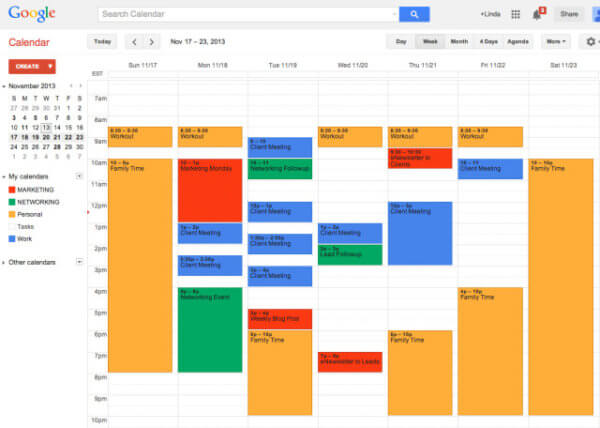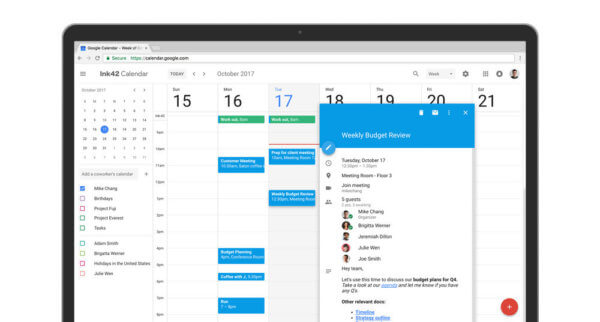Proper scheduling could be the difference between being set up for success or failure. How can we use calendars more efficiently and productively?

Rather than having several different physical planners, switch to using an online calendar. The benefits of making this switch are endless. You can share your own personal calendar with your work calendar, so all of your appointments are side-by-side but work and play aren’t bleeding into one another. This makes it easier to see all obligations, which makes scheduling work meetings around doctor’s appointments, for example, quick and painless.
Also, once you use an online calendar, you can access it from anywhere! If you forget your daily planner at home, you’re at a loss all day long, but that issue is virtually nonexistent with the integration of an online calendar. You’ll be able to access both your work and personal schedule from the office computer, home laptop, and even your smartphone.
When you finally switch to an online calendar, you’ll also be able to…
Share Your Calendar with Your Employees
We use Google Calendar at our office, and it makes it much easier to show everyone when a particular meeting will be occurring, when we’ll be in the office, and when it is most appropriate to contact us. With an online calendar, it is easy to show the entire team whether you’re online and available to talk or if you shouldn’t be disturbed.
With connected calendars, one person leading a meeting can also send an invitation to employees that will immediately add the event to their calendar once they RSVP. Online calendars are a great tool because they will often take events from your email and automatically integrate them into your calendar. The process is quick and easy will save you a lot of time.

Be Detailed
Using an online schedule can promote success if it is set up well. Just like jotting down in a physical planner, it is important to be specific with your online calendar. This means color coding similar events, including pertinent information like addresses or materials needed, and making sure that you utilize the calendar every time you schedule something. If you’re walking around the office and think to yourself in a pinch, “I’ll stop by that 3:30 meeting to check in on the team,” but never put it in your schedule, you run the risk of forgetting about the meeting or double booking yourself elsewhere. Having a calendar is the first step to being productive, but actually using it and using it well is the difference between success and failure.
Be Flexible
Having a jam-packed schedule is the quickest way to fail. When scheduling your appointments, make sure you have buffer time in between meetings to prepare for the sessions; take time to recharge, eat, and use the bathroom; and have travel time from one place to another. Allowing for that buffer time, too, makes it easier to move meetings around if one gets cancelled or if a another time works better for everyone. Remember that the perk of having an online calendar is that when flexibility is necessary, it is easy to move events around. No more scribbles on paper calendars!
Setting up and maintaining a flexible and specific online calendar is important to promote productivity and efficiency in the workplace. The difference between daily success and failure starts with a good calendar.